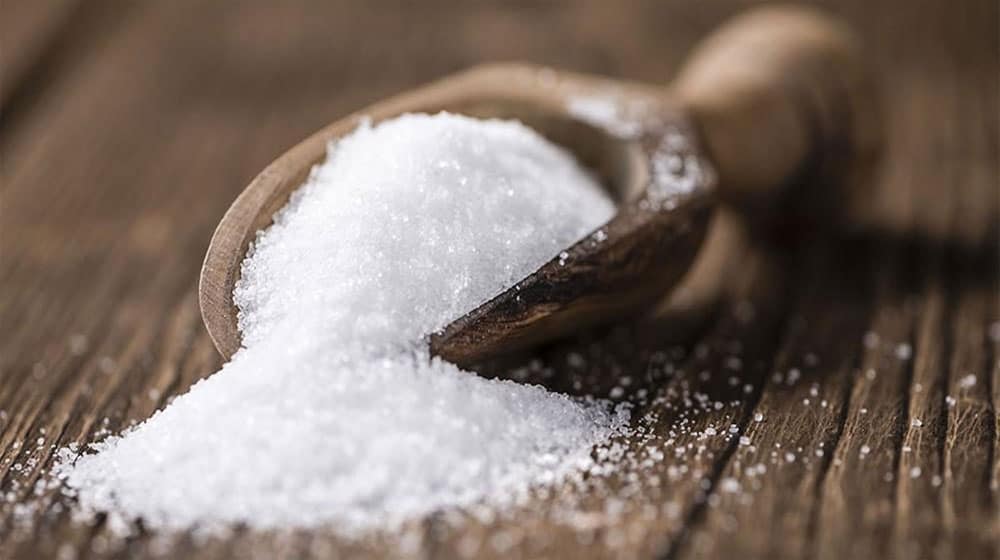Despite multiple government interventions, sugar prices in Pakistan continue to rise, reaching an alarming Rs. 180 per kilogram in major cities.
This price surge has placed an additional financial burden on consumers, especially during Ramadan, when demand for sugar increases significantly.
In this article, we analyze why sugar prices continue to escalate, the effectiveness of government measures, and the long-term solutions needed to control market volatility.
Current Sugar Price Situation in Pakistan
According to the Pakistan Bureau of Statistics (PBS), the current average sugar price is Rs. 170.41 per kilogram, reflecting a marginal decrease of Rs. 1.49 per kilogram from last week.
The highest sugar prices have been recorded in Karachi, Islamabad, Rawalpindi, and Peshawar, where consumers are paying Rs. 180 per kilogram.
This situation is in direct contrast to the government’s official announcement, which set a fixed retail price of Rs. 164 per kilogram.
In a bid to control inflation, the government fixed the official price of sugar at Rs. 164 per kilogram. However, due to lack of enforcement, retailers continue to sell at much higher rates, citing supply shortages and increased production costs.
Delays in sugarcane harvesting, transportation, and refining have led to shortages in the local market. Poor infrastructure, fuel price hikes, and logistical inefficiencies further disrupt the supply chain.
Additionally, speculators create panic by spreading rumors of further shortages, prompting consumers to buy in bulk, further escalating demand.
Potential Solutions to Control Sugar Prices
Investing in modern agricultural techniques and providing incentives to sugarcane farmers can boost domestic production. Improved irrigation, better seeds, and farm subsidies can help increase yield and reduce dependency on imports.
Providing subsidies on fertilizers, fuel, and other agricultural inputs can help reduce the cost of sugar production.
Encouraging investments in renewable energy sources for mills can also lower operational expenses.
Educating consumers about market manipulation tactics can prevent panic buying. Encouraging people to report overpriced sales and hoarding activities can improve market transparency.


